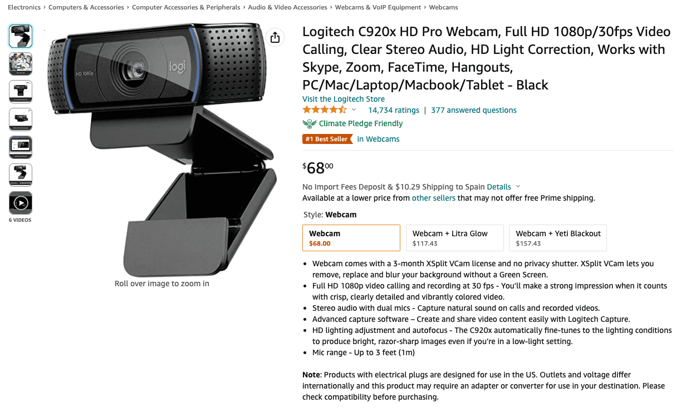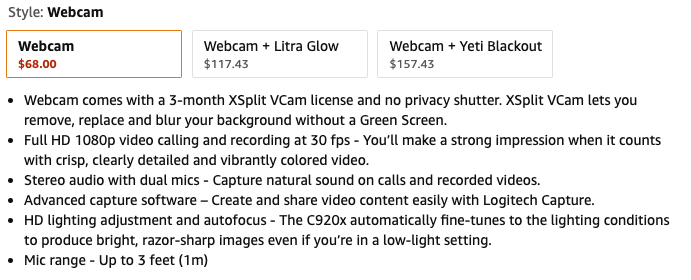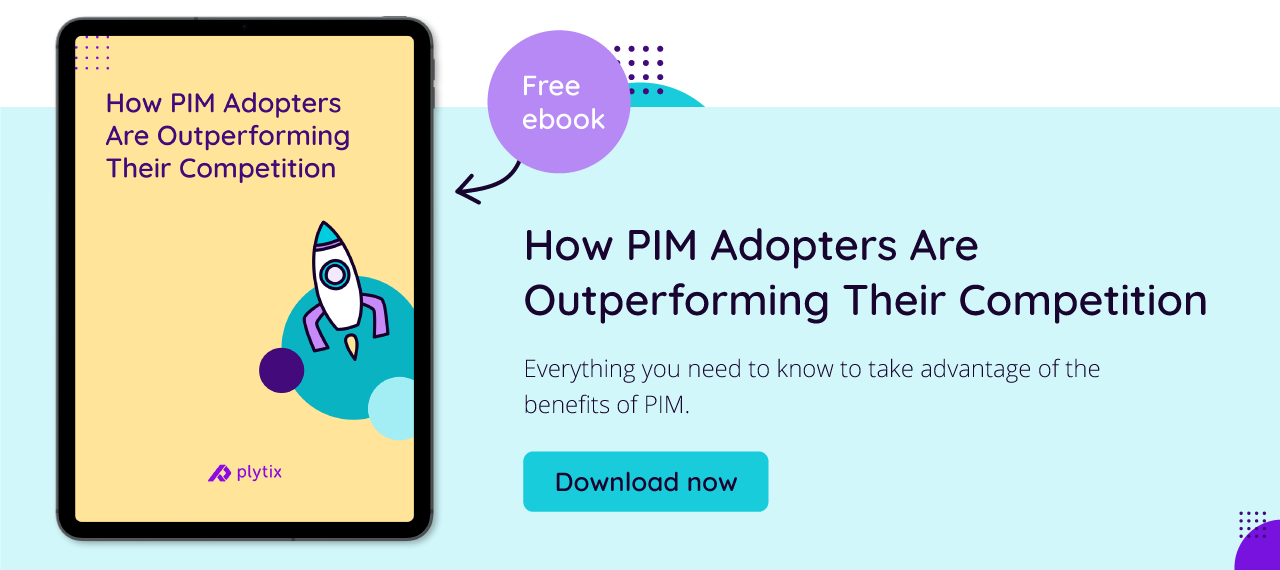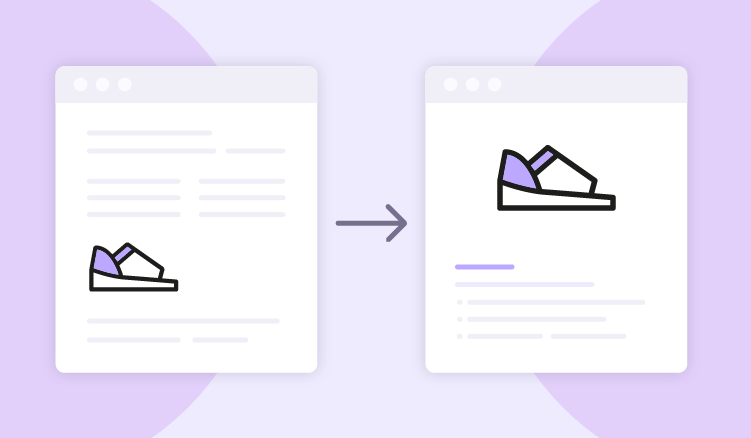The growing demand for better and personalized customer experience is challenging commerce players to take a hard look at how they manage their product information.
Product information management handled ineffectively is often costly both financially (sales and revenue) and operationally (productivity). Whether you’re a manufacturer, supplier, retailer, or reseller, your business can suffer these consequences, and in the end, you’ll struggle to meet market expectations and grow as a brand.
To achieve favorable results, such as better communication with business partners, improved customer relationships, faster time to market, high-quality traffic to your sales channels, and increased conversions, it’s essential to follow the best practices for product information management.
What are the best PIM best practices? Let’s discuss it below.
1. Integrate all your product information
One of the reasons for poor product information is having it stored in multiple siloed locations. Storing it this way not only prevents you from spotting errors, inaccuracies, duplicates, and inconsistencies, but also from getting a consolidated view of all your information. You end up missing out on critical pieces of the puzzle, which impacts the decisions you make.
Another side effect of siloed information is accessibility. Different members of your organization may have access to some information and others none at all. This causes internal friction and makes collaboration impossible to achieve.
So, the best solution is to integrate all product information in a single location, where access can be extended to all employees. That way, each team member can easily contribute to the management, and distribute information to relevant business partners and sales channels.
Product information management software is exactly the solution that you need as it centralizes all product information and comes equipped with features that enable collaboration as well as help improve the quality of your product information. However, you have to comb through the available PIM solutions on the market to choose the right system that meets your expectations and does exactly what it promises to do.
2. Cleanse your product information
Data cleansing is a process of removing inaccurate, outdated, duplicate, incomplete, and incorrectly formatted product information.
A clear example of this is removing a product image that doesn’t match the product and replacing it with an image that accurately represents the product that you’re selling. Another example of data cleansing is updating technical or sales information of a product if there has been a change such as a price increase on the product or material used on the product.
The purpose of this task is to maintain the integrity of your product information and ensure that you make business decisions using reliable data. It also ensures that you provide your customer with trustworthy information throughout their shopping journey.
It’s a never-ending task that has to be done consistently as data can change frequently. That’s why a PIM tool is such a good investment because it has data validation, data completeness, and other cues to help you fix your product information so that it’s in good shape by the time it lands in front of your customers.
We’ve written a helpful guide on how to get started with data cleansing for when you’re ready to get this task started.
3. Enrich your product information
Data enrichment is another best practice to follow in your product data management efforts. It’s slightly different from cleansing but the purpose is the same. Enrichment is about adding extra details that showcase the value of your products.
When you enrich data, you should answer customers’ burning questions about your products. Let’s say you’re enriching your product descriptions for example, you’ll add benefits related to the product’s usability that customers wouldn’t otherwise know just by looking at product images and specifications.
Let’s take a look at the screenshots below:

(An Amazon listing for a Logitech webcam)

(A close-up of the product description)
Imagine if the product description simply listed the following:
- Webcam comes with a 3-month XSplit VCam license and no privacy shutter.
- Full HD 1080p video calling and recording at 30 fps.
- Stereo audio with dual mics.
- Advanced capture software.
- HD lighting adjustment and autofocus.
As you can see in this written example, these are the qualities that the product comes with, but they don’t tell a customer much about what they mean and how they relate to the product’s usage. As seen in the screenshot example, the extra details next to each quality give customers more information about why this specific quality matters and what it lets a customer do—helping them see why this product is right for them.
Another way to enrich product information is to add high-resolution visual assets, be it video or interactive images, that showcase how the product is used in a real-life setting.
Here are some data enrichment tips that you can study and use when you start tackling this task.
4. Optimize your product information
Optimization is a vital part of product information management, it’s responsible for driving traffic to your products wherever they live. There are two optimization tactics: search engine optimization (SEO) and product listing optimization (PLO).
While they both have similar functions, SEO focuses on ensuring that your products are visible on search engines such as Google. That way when customers search for products that you sell, yours will show up in the search results. Meanwhile, PLO ensures that your products are visible on the specific channels that your products are sold from.
There are many aspects that go into SEO and PLO, but they both involve using keywords or terms and phrases in your product information (product titles, product descriptions, etc.) that customers use to search for products they’re planning to buy. For example, if you sell electric kettles, you can use keywords such as “cordless electric kettle," “black cordless electric kettle,” “stainless steel cordless electric kettle,” or “electric and glass cordless electric kettle"—you get the picture.
This is to ensure that if a customer is using a search engine or a marketplace’s search tool to look for an electric kettle, your electric kettles show up in the search results among other brands that sell the same product.
Other aspects include adding descriptive alt text to product images, adding meta descriptions, setting up clear product categorization, and customizing the product information based on the requirements of a specific channel.
The fact is, the industry is highly competitive and most brands sell the same products as you do. So, if your products do not show up in the search results or other sales platforms, you miss a huge opportunity to attract and convert customers.
Final thoughts
Proper management of product information can be the determining factor for your business' success. Do it wrong and you suffer the consequences, but do it right and you stand the chance to gain favorable rewards. If you carefully study, understand, and execute the above practices, you’re more than likely to reap rewards.
Remember, customer experience relies heavily on product information, so you can’t go wrong with enhancing it and improving its quality consistently.
To get a better understanding of what your business stands to gain by implementing a PIM system, download and read this detailed guide on How PIM Adopters Are Outperforming the Competition. For more information related to product information management or ecommerce-related tips, check out our other blog articles.





